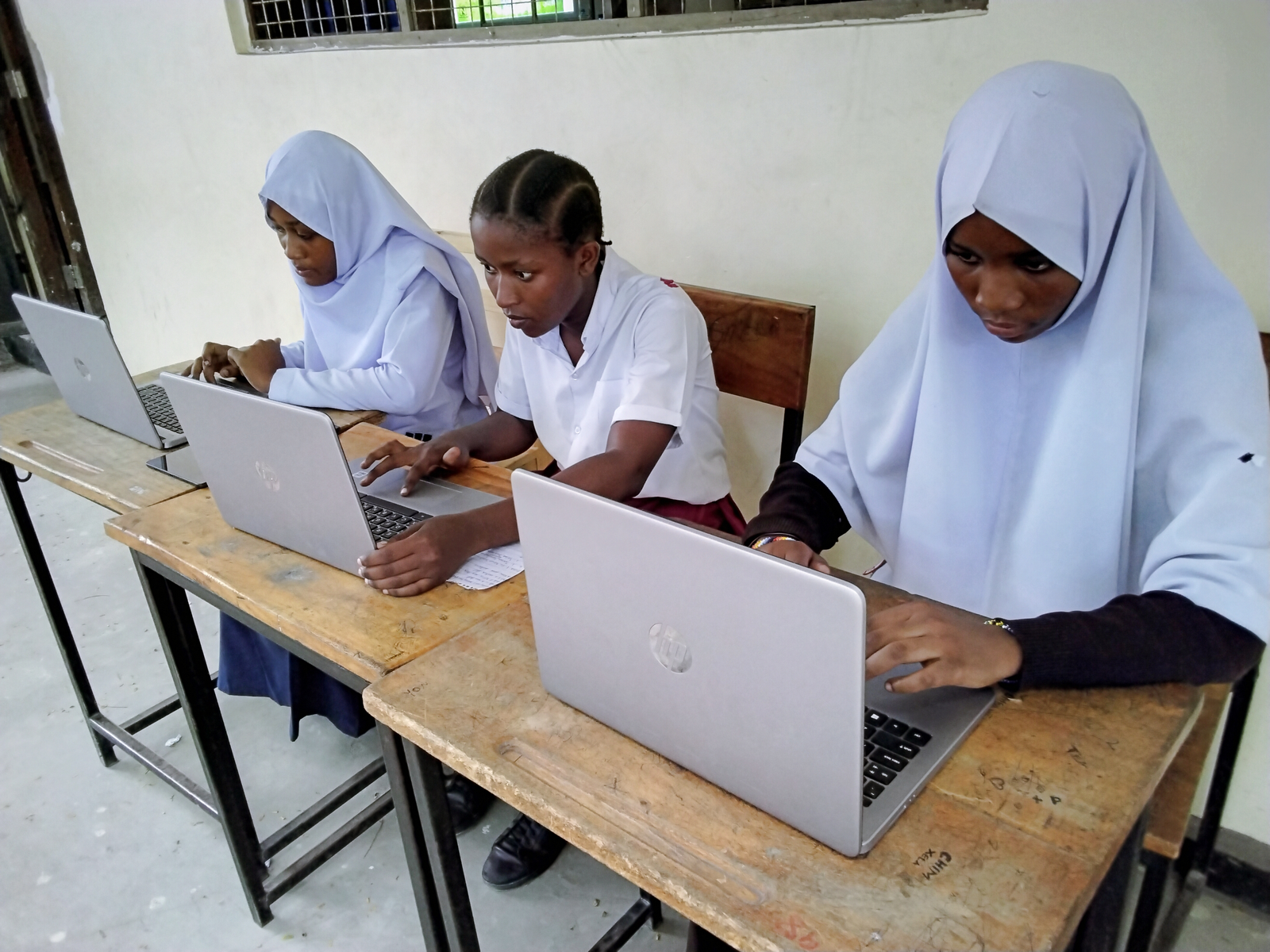
Humanitarian aid is failing millions of girls who are out of school
Children in conflicts, Girls' education, Sarah Brown
Nepalese girls back at school after the earthquake – but thousands more have dropped out Picture: A World at School
Girls are more than twice as likely as boys to drop out of school during humanitarian emergencies such as wars and natural disasters.
About 39 million girls had their education disrupted by emergencies in 2015 – leaving them vulnerable to exploitation during crises and in danger of having their education ended permanently.
A new briefing paper published today by Theirworld – the children’s charity behind A World at School – highlights how girls’ education is disproportionately affected during and after emergency situations.
It also reveals that gender inequality in funding, delivery and implementation of aid means girls are further marginalised from the lifeline that education provides.
Safe schools are needed urgently after emergencies to ensure girls do not suffer exploitation – including trafficking, sexual violence, early marriage and forced labour.
Theirworld President Sarah Brown said: “Education gives hope to millions of children and young people affected by humanitarian disasters.
“Girls forced out of school after emergencies cannot wait any longer – we need to ensure their futures are prioritised and their lives protected from the risk of exploitation with the provision of a safe school.
Syrian refugee girls at a camp in Lebanon Picture: A World at School/Tabitha Ross
“A humanitarian response that ignores girls’ education leaves generations of girls less equipped to recover from crises and entrenches gender inequalities that severely limit their opportunities for development.”
At the first World Humanitarian Summit in Turkey on May 23 and 24, the Education Cannot Wait fund will be launched.
Education in emergency situations and protracted crises is chronically underfunded – less than 2% of all humanitarian aid was spent on education in 2015.
The new fund aims to deliver education in safe schools to those who need it most in the aftermath of emergencies such as the Syrian conflict and the Nepal earthquake.
The fund plans to raise $3.85 billion across the next five years – now world leaders have to back those promises with firm commitments at the summit.
In Nepal, 16-year-old Muna Tamang told how 80 girls were taken from her home village in Sindhupalchok after the earthquake – and no one knows where they are.
She said: “I came to Kathmandu because in my area they marry girls at a very young age. Girls get married at 13, 14 and 15.
Muna said many girls have been trafficked in her former village in Nepal Picture: A World at School/Claire Wilkinson
“There is a school in my village but it was totally destroyed by the earthquake. Many girls come to Kathmandu and work as domestic helpers so that they can go to school.
“When I went back to the village after the earthquake, it looked deserted. All the houses turned to rubble. Many girls have gone missing from the village since the earthquake. They must have been lured away by traffickers.”
The Theirworld briefing – titled 39 Million Girls at Risk – makes several recommendations, including:
- Ensuring the Education Cannot Wait fund reaches 18% of affected children by 2020 and 100% by 2030
- Protecting children, teachers and schools from attacks – with particular attention on girls’ journeys to school
- Providing equal and relevant education for girls and boys in emergency situations
Sarah Brown added: “When the average length of displacement for a refugee is 17 years, leaving girls’ education to chance or putting it low on the priority list is simply not an option.
“At the first ever World Humanitarian Summit, we are calling for world leaders to commit the necessary resources for the new Education Cannot Wait – a fund for education in emergencies, to ensure all children, girls and boys, return to school quickly in the aftermath of a humanitarian disaster.”
More news

